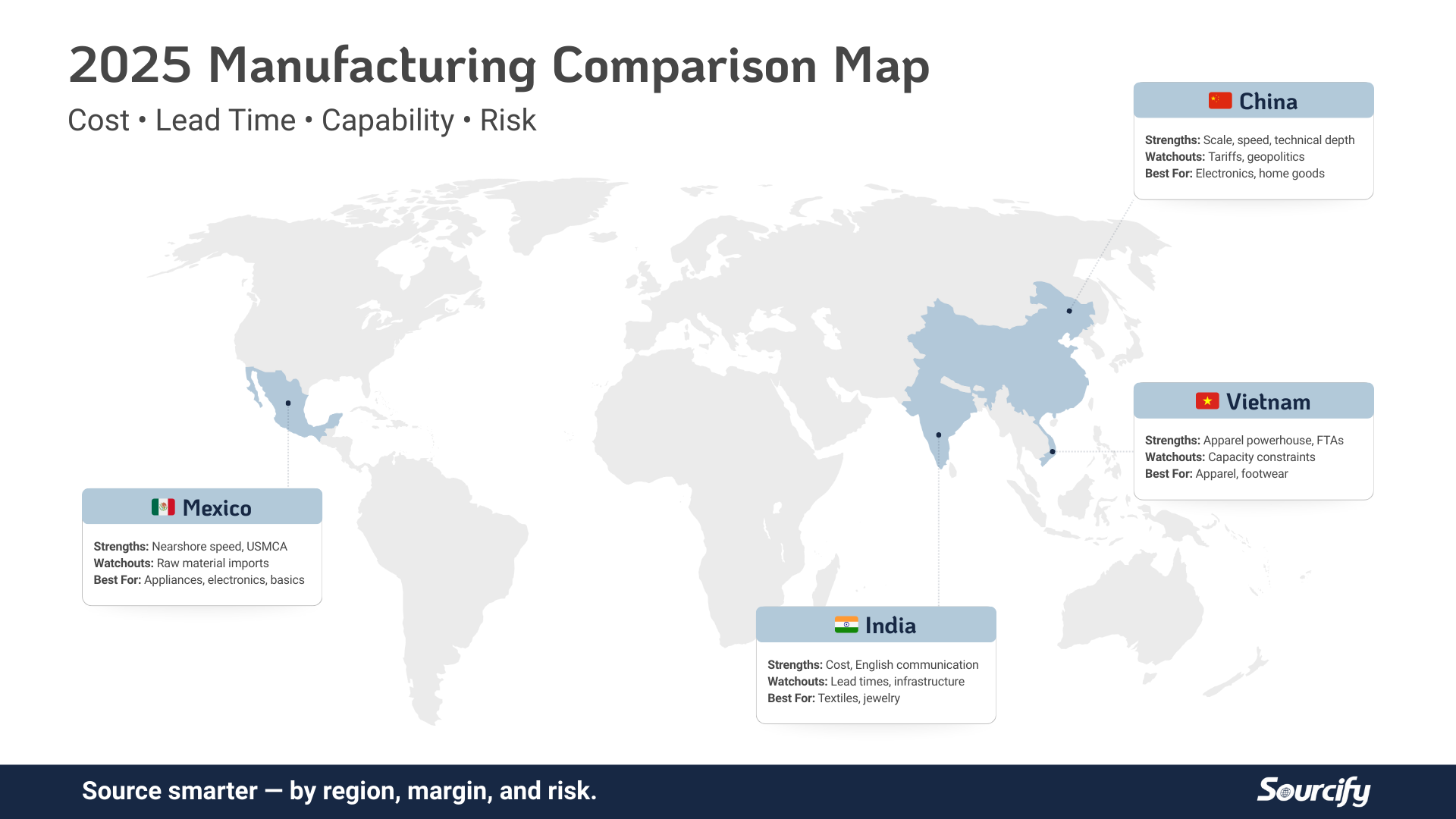Tyler Haney’s out at Outdoor Voices.
One of the few female fashion founders who’s been able to raise funding for her ideas, Haney made waves back when she started Outdoor Voices because of the unique positioning of the brand. Outdoor Voices aimed at a spot somewhere between Lululemon and Nike, creating comfy, visually-interesting activewear made for regular women. It was a darling of the press.
Now high-profile executives are stepping away, the company is losing $2 million a month and Haney resigned. Then she completely stepped away from the company she helped found.
What gives? How did it go this wrong this fast?
Outdoor Voices and Investor Confidence
Looking at Outdoor Voices’ model, it’s not in too bad of a place. There’s a proven market—they showed that when they started out. And the burn rate isn’t the worst for a lot of those companies.
The problems lie elsewhere.
One of the biggest things that make investors nervous is when high-profile executives jump ship, and OV has had two or three high-profile resignations in the last few years. First it was Mickey Drexler, formerly of J. Crew, who left in 2019. Then exec Pamela Catlett, formerly of Under Armour and Nike, left the same year.
Investor confidence has to be going down after they’ve invested millions of dollars in the company with this sort of burn rate and are seeing the losses mount. When executives are leaving too, that might be cause for concern.
Fashion itself is an industry that’s seen a little bit of a change in investor confidence, mainly because a lot of the people that started in tech and are used to higher burn rates are learning that different industries run differently.
Tech investors are used to tech, and Haney even noted when she was doing pitches that she had some obstacles to overcome in terms of thinking. Those same obstacles may also have actually allowed her to raise more money than she could have otherwise.
Tech investors are used to significant early burn rates that stabilize as markets are captured later on. Fashion doesn’t quite work the same way. Because of the fickle nature of consumer preference and the money needed for physical product, it’s harder to build up that customer base and can cut down on margins.
Brick and Mortar vs. Online
One of the things that might be hurting Outdoor Voices is its expansion into brick and mortar instead of focusing on the bread and butter e-commerce business that made it what it is.
OV has a lot of money invested in property, and it’s been investing more. Austin in particular has a few places scattered around town that are owned by the company that aren’t yet making any money.
Brick and mortar can be an effective complement to online, but it’s a different sort of retail, and the overheads are higher. If the company doesn’t know how to run brick and mortar it can be a real problem for the bottom line, and because of the initial investment in real estate it’s harder to make money or break even.
Outdoor Voices is investing in real estate for its brick and mortar business—which is smart if you have extra cash to put into it. But with the current burn rate on cash and the level of sales, it could wind up torpedoing the company. OV is using investor money to do this, not excess profit.
The amount of money that’s going into keeping the company competitive has to be causing a little queasiness among people who got in on the seed rounds.
Overestimating Sales, Underestimating Problems
One of the biggest things that seems to be hurting Outdoor Voices is the change that happened when it shifted into hyper-expansion mode several years back.
Something fundamental changes about a company once it has to shift up dramatically in size, and the expansion has hurt Outdoor Voices. Sure, it’s making more money, but its fundamentals seem weaker than they might have been had they stayed the course with their smaller valuation.
This is a common mistake that e-commerce companies can make—if they have some early success, they can overreach their capabilities and wind up in a no man’s land where they’re not making enough money to sustain themselves and don’t have the experience to compete with the big dogs.
This seems to be where Outdoor Voices is right now.
Its Austin brick and mortar locations are successful—a couple of years ago they had reportedly not had to shut down any pop-ups because they’ve done so well. Austin’s market likes Outdoor Voices a lot, but some of that may be because of the outsize footprint due to that city being the headquarters. In other areas it’s going directly up against the big dogs of the activewear industry.
When you’re facing companies like Nike, Adidas, Under Armour and others that have a huge footprint in activewear, it’s going to be a hard slog. And as those brands begin to reach into segments that overlap with Outdoor Voices’ main product offering, it becomes harder to reach them.
Is that space between Lululemon and Nike available?
Time will tell. But the big athletic wear companies have been in business for a long time for a reason, and they’re not getting dumber. If the market’s there they’re going to try to get into it.
Why Outdoor Voices Is Losing
At the moment it seems like Outdoor Voices is at a nexus of negative forces arrayed against it: losing top executives, plowing money into real estate and other areas of fast expansion too fast for its revenue and missing investor confidence.
What will happen to the company at this point?
If it can slow down its burn rate, regain confidence and trim fat, it may be able to keep going. But the company’s definitely in trouble. Something needs to change at Outdoor Voices, or its days may be numbered.




